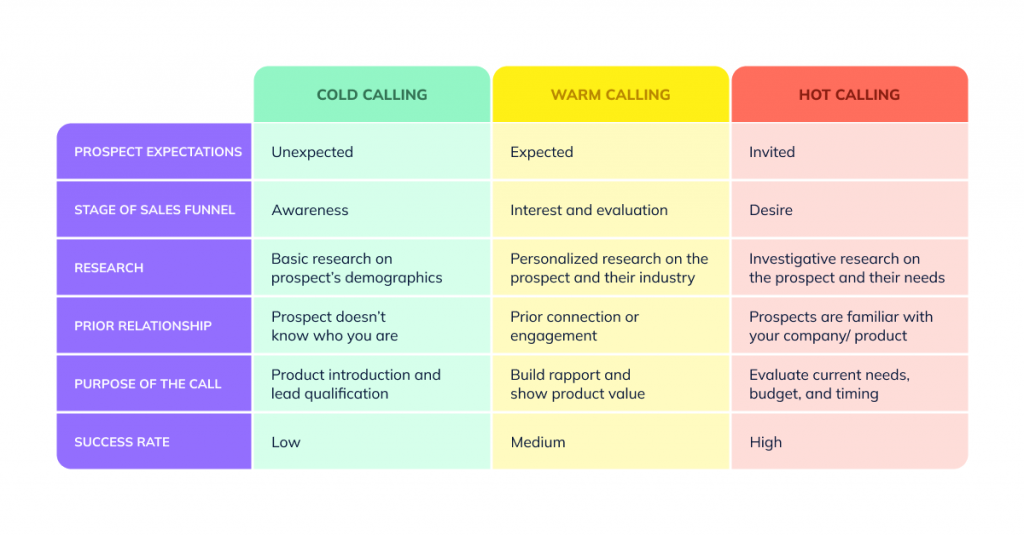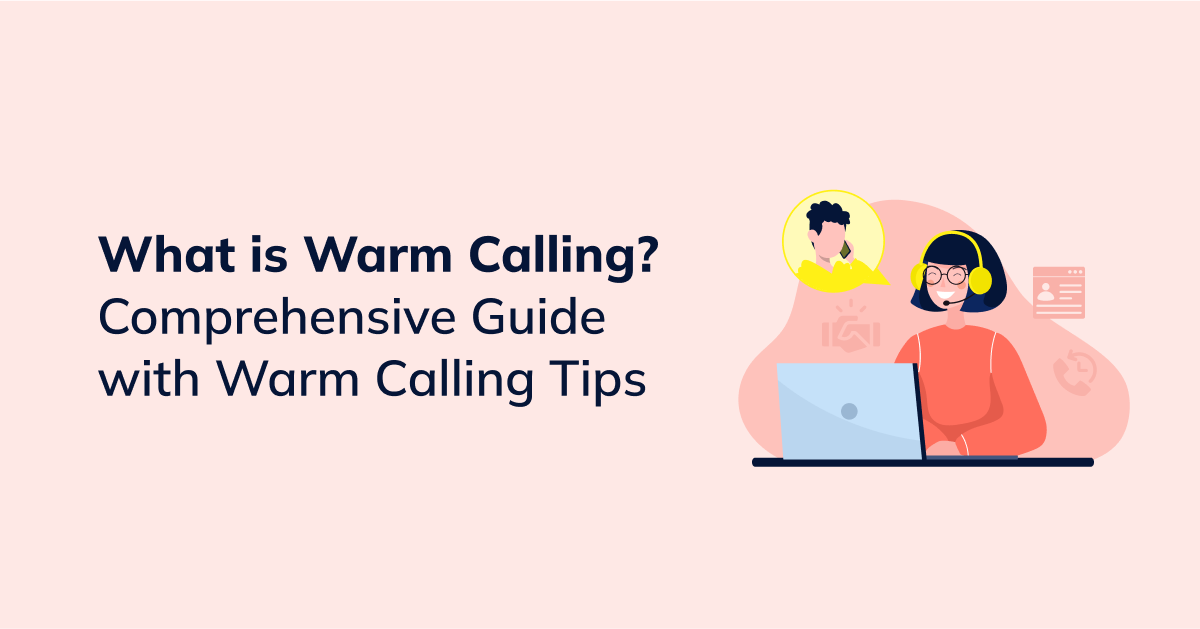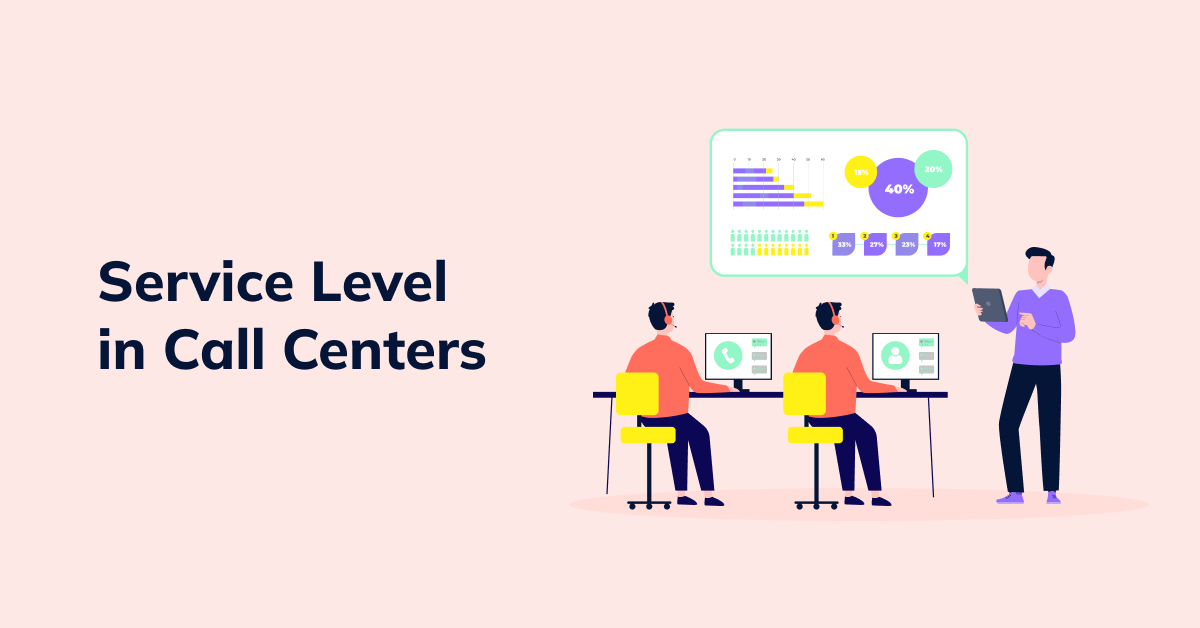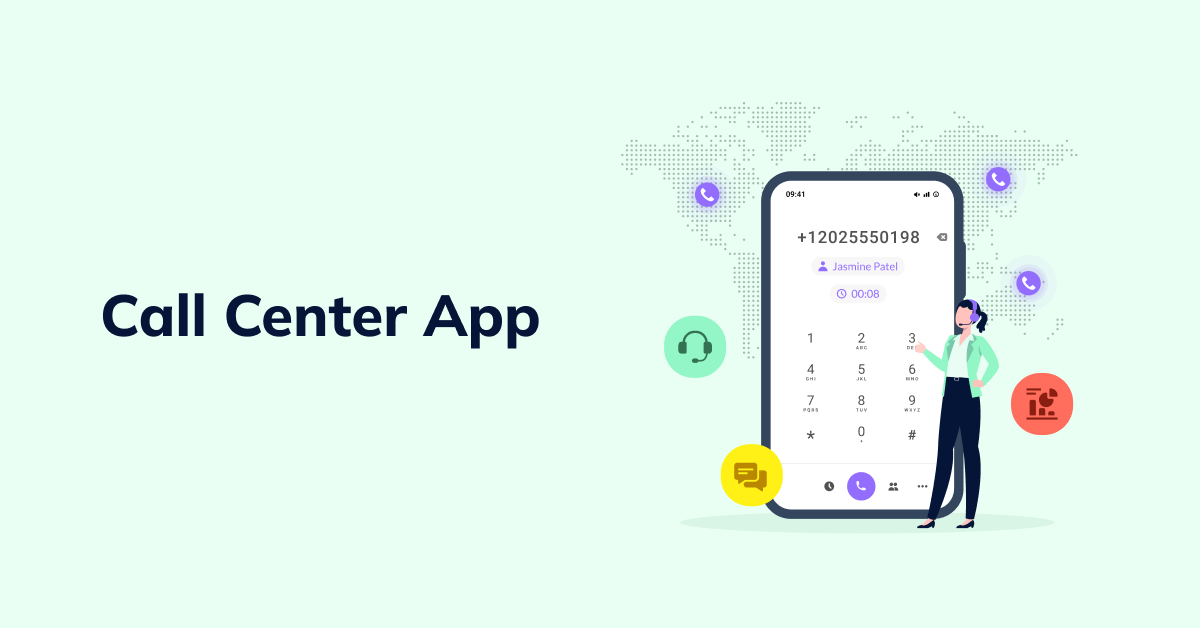Outbound calling has always been an effective sales technique for businesses in the B2B sector, enabling them to generate leads, build relationships with potential customers, and move them down the sales funnel. But unlike cold calling, with an average conversion rate of around 2%, warm calling proves to be a much more efficient sales outreach strategy that allows you to raise your success rate from 2% to over 30%, according to research from LinkedIn. This guide outlines everything you need to know about warm calling, how it works, and how to make it a success for your business.
What is Warm Calling?
Warm calling involves calling potential customers and prospects who already had some form of prior contact with your business. That previous engagement can be a referral, an interaction at a business event, or a direct mail campaign. Warm calling may also mean reaching out to prospects who expressed interest in learning more about your product or service by filling out a contact form on your website, downloading your ebook, signing up for your trial, or requesting a demo of your product.
Since you target higher-quality prospects who are already aware of your business, warm leads are likely to be more receptive to your offer. That means you stand a better chance to convert them into customers, making warm calling a valuable technique for sales reps.
How Warm Calling Works
Unlike cold calls, warm calls are more personalized, involve less sales friction, and are more likely to convert. During a warm call, a sales rep would generally focus more attention on the temperature of the prospect rather than presenting a sales pitch and trying to generate interest. Since the previous interaction or engagement serves as an efficient ice-breaker for the warm call, it’s usually less challenging for sales representatives to build rapport with a potential customer compared to talking to a cold prospect for the very first time on a cold call. The goal of a warm call is to nurture the relationship and move the prospect further along the sales funnel.

Cold Calling vs. Warm Calling vs. Hot Calling: What’s the Difference?
The key difference between cold calling and warm calling is the level of engagement with the prospect and familiarity with you and your company. When it comes to cold calling, sales reps reach out to cold leads who have had no prior interaction with the company; and they are obviously not expecting your call.
Learn more about the effectiveness of cold calling in 2024 and the optimal times to contact prospects in our detailed guide.
Warm calling, on the other hand, involves reaching out to prospects who have shown at least some level of interest towards your products or services through prior engagement – and they are expecting you to call them. Since there is an existing foundation for the conversation, making it easier for sales reps to establish rapport and build a relationship with a potential customer, warm calling has higher conversion rates.
Hot calling involves contacting prospects who are highly interested in purchasing your product or service. While on a hot sales call, there is no need to warm up the prospect, allowing sales reps to shift the focus of the conversation from relationship-building to discussing the prospect’s particular needs, budget, and timing. That makes hot calls much more likely to be successful. Hot calling and warm calling are closely related concepts, and the two terms are very often used interchangeably.

Warm Calling Tips and Best Practices to Improve Conversions
The key to successful warm calling is to follow proven best practices and tips that can help you generate better outcomes from your warm calling efforts and improve conversions. Let’s explore them in more detail:
1. Call from a local number
Whether it’s cold or warm calls, calling your prospects from local numbers is an effective strategy that can help you increase your call connection rates and improve the efficiency of your calling efforts. While there might be numerous reasons why your prospects aren’t picking up, many simply won’t answer if they see a call from an unknown number.
Research from Software Advice revealed that people are four times more likely to answer unknown calls from local numbers. That is why calling from a local number (which means your prospects will see a number with a local area code on their caller ID) increases your chances of getting through to your prospects in the first place.
2. Leverage call center technology
Using call center technology can also assist sales reps in making warm calls to prospects. While using a dialer for call center or an automated calling system is essential when running outbound cold calling campaigns, these solutions might not be the best option for making warm calls. However, sales reps can still benefit from using call center software for warm calling if it’s integrated with your CRM system.
Such integration enables your sales agents to make outbound calls right from your CRM system through click-to-call without having to dial prospects’ numbers manually and switching between the two systems. On top of that, they will have instant access to all the relevant data about your prospects stored in your CRM, allowing them to better personalize each interaction.
3. Strike at the right time
When making warm sales calls – and the same goes true for cold calls – it’s important to choose the days and times strategically. Numerous studies proved that Mondays and Fridays aren’t the best days to call your prospects. Mondays are often hectic and stressful, while Fridays tend to be less productive as people wind down for the weekend. It’s best to avoid calling your potential customers on these days.
There are also certain recommended ‘best times’ for making sales calls, such as late mornings between 11:00 AM and 12:00 PM (right before lunchtime) and late afternoons between 4:00 PM and 5:00 PM (before the end of the workday). Though these recommended times mostly refer to cold calling, the same might work well for warm calling, too.
4. Leave a voicemail if there’s no pickup
No matter how well you strategize the timing, chances are some of your prospects won’t pick up. Instead of immediately terminating the call and moving on to the next number on your prospect list, leave a personalized voicemail, introducing yourself and stating the reason for reaching out. Even if you don’t receive a callback from the prospect, voicemail provides an opportunity to briefly remind the customer about yourself, your company, and your product value, which lays the foundation for future communication.
5. Do your research
Even though you might already know something about your prospect and their business, do more in-depth research before picking up the phone. Having a good understanding of the prospect’s business, the industry they are in, needs and values, pain points, and potential challenges they might be experiencing will help you tailor the conversation and adjust your sales pitch accordingly. It also shows that you have prepared beforehand and demonstrates your genuine interest in helping them address their challenges.
6. Ask more open-ended questions
Asking more open-ended questions instead of straightforward yes/ no questions is an excellent strategy that works well for both warm calling and cold calling, particularly in the B2B industry. It helps you learn more about your prospect’s business, their current state of things, their business goals, and the pain points they are trying to solve, giving you a better understanding of how your product or service can fit in and address their unique business needs and requirements. Below are some of the examples of open-ended questions you can ask your prospects while warm calling:
- What prompted you to explore [product/ service] solutions at this time?
- Are you currently using any [product/ service] solution?
- What is the biggest challenge your business is facing right now?
- What specific goals are you hoping to achieve with [product/ service]?
- What factors are most critical to you when evaluating potential solutions?
- What are the key decision-making criteria for selecting a [product/ service] vendor?
Asking open-ended questions will also help you engage with the prospect in a more meaningful dialogue and keep them on the call longer, increasing your chances of closing the deal. Research by Klently shows that sales calls that last over 10 minutes are 75% more likely to have a good outcome.
7. Outline the next steps
Once you’ve established rapport, collected everything you need to know about your prospect, and conveyed the value of your product or service, suggest the most relevant next steps to keep the momentum going. Before wrapping up the warm call, provide specific follow-up actions based on where the prospect is in the sales funnel. E.g., if they are interested in your offer but are not yet ready to commit, you may encourage them to review additional materials or read customer success stories. Alternatively, if they are nearly ready to close the deal, schedule the next follow-up call to talk about pricing, implementation, and other details.
8. Send a follow-up email
Sending a follow-up email after the warm call is a great way to summarize the entire conversation, reminding the prospect of what was discussed during the call and confirming the next steps you agreed on. Though emails are known to have relatively low open rates, if you actually spoke to the customer, they are more likely to open your message now that your name and company are already familiar to them. And if you didn’t get a chance to talk to your prospect over the phone, sending an email increases our odds of connecting with them by trying another channel.
9. Make several follow-up calls
According to stats published by Yesware, 80% of sales deals require five or more follow-ups after the initial contact to close. However, 44% of salespeople give up after the first follow-up attempt, and only 8% follow up five times. Based on another research, 60% of customers often say ‘no’ four times before finally saying yes. These stats suggest that regardless of the outcome of your initial warm call, it always makes sense to schedule at least several more follow-up calls with your prospects. That can significantly improve your chances of converting the prospect.
Book a demo call now to learn about VoiceSpin’s call center solutions for outbound sales teams and how they can help you run efficient outbound calling campaigns and convert leads faster.



